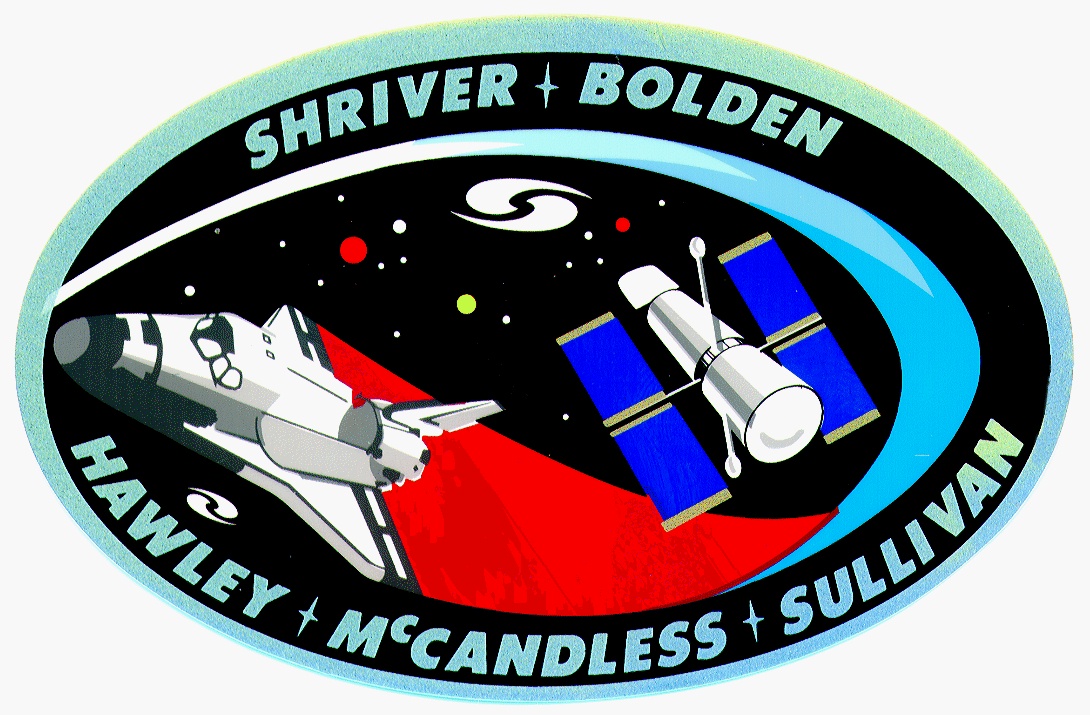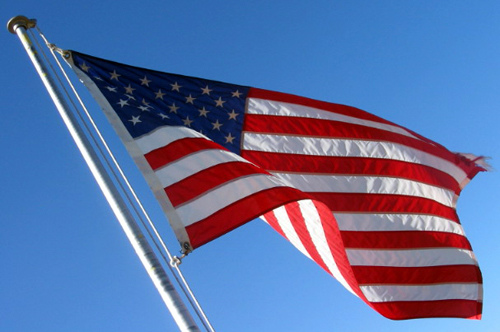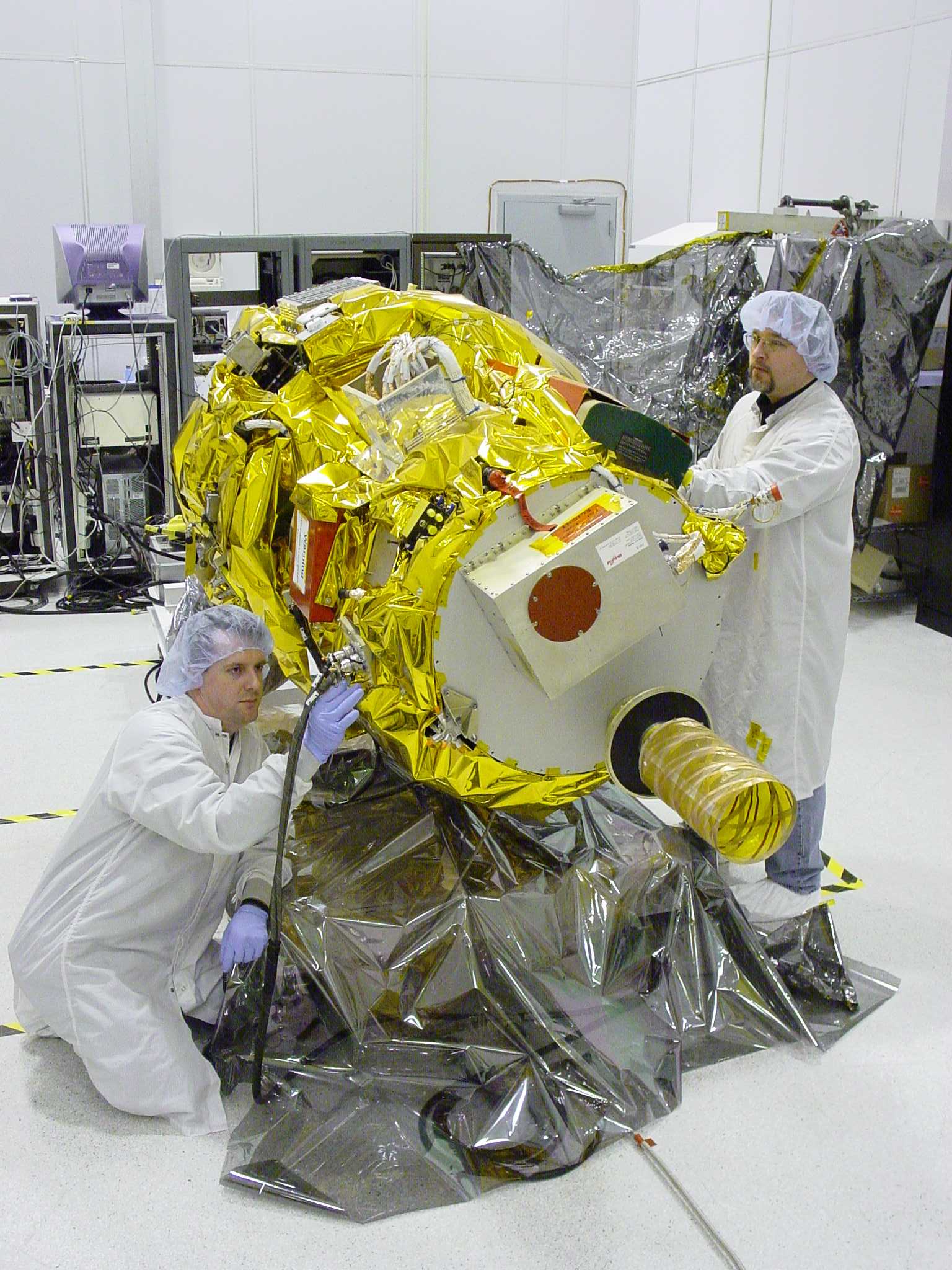(Warning: This will be something of a rant.)
Yesterday I went through a handful of query letters submitted to Baen, several of which were from literary agents or people posing as agents. One of the agents is on the “Writer Beware” list maintained by the Science Fiction & Fantasy Writers of America (SFWA) — the “Thumbs Down Agency List” — and two of the others are probably vying for their own spots on the list.
Why don’t writers research these agencies before they submit to them? In addition to Writer Beware, the Absolute Write Water Cooler forum has lengthy threads warning of substandard agents, including all of the agents in question, and Preditors & Editors has very clear and succinct evaluations, and lists all three agencies as “not recommended.” (Okay, it actually lists one of them as “highly not recommended.”)
Why didn’t you pay attention, new writer?
- Did you think the agency’s efficiency would impress us, if they sent three different queries in the same envelope? Especially if the query for your story told us next to nothing about the story?
- Did you think the agency’s attention to detail would inspire us, if they didn’t proofread their letter?
- Did you think the agency’s approach would intrigue us, if they didn’t include YOUR OWN NAME in the letter?
That last one is not a joke: one of the agencies used the first line of the query letter to plug themselves (really) and went on to include the title of the book, a brief description of the book, and an offer to send the manuscript, all WITHOUT MENTIONING THE AUTHOR’S NAME. (I’ll admit, that was one way to get the query letter read more than once: I had to make sure I wasn’t just missing it somewhere.)
So, bottom line: if you’re reading this blog post on a computer, rather than a friend having printed it out for you, then you have access to all of the sites I mentioned above. Use them. Take their recommendations to heart.
Oh, and you might want to check out potential publishers’ sites, too. They have these things called “guidelines” that you might want to read.
For instance, the Baen guidelines clearly state that we want to see a full manuscript and a synopsis, not just a query letter. Yes, I look at your query letters, but when I do I ask myself: did this person not read our guidelines, or did they read and ignore our guidelines?
As for me, I will wait until something I’ve written is attractive enough that a good agent wants to represent me, because after three years of reading submissions I’m convinced that a bad agent is far worse than no agent at all.
Do you have any related stories to tell? I’d love to hear them.
(And if you’re reading this post on Facebook, think about popping over to the actual blog to leave a comment.)



 by
by 















